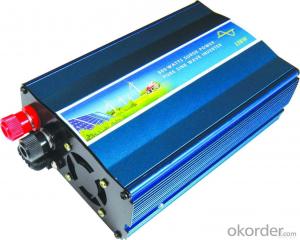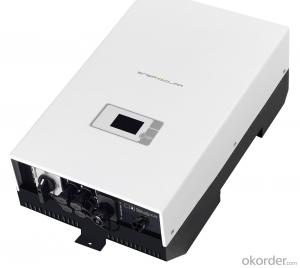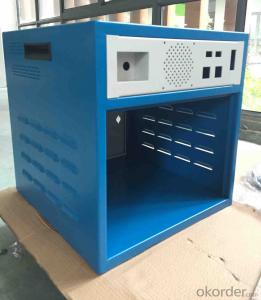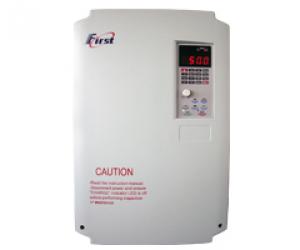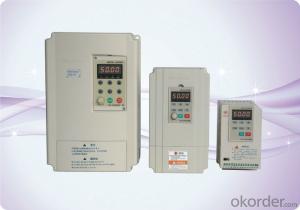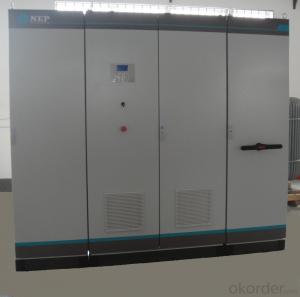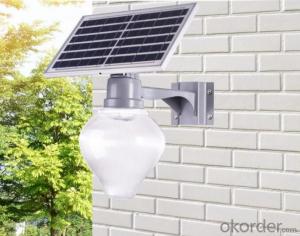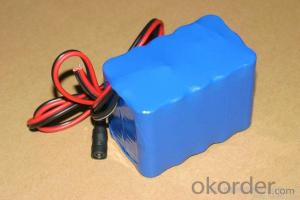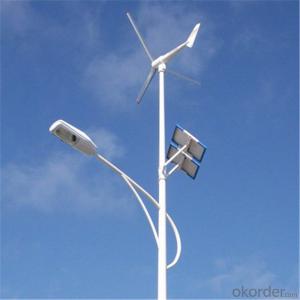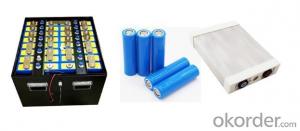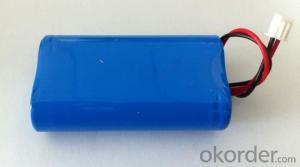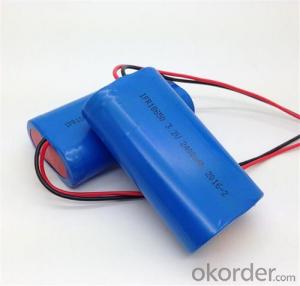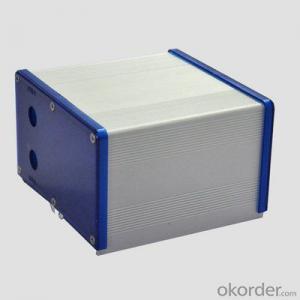Best Off Grid Solar Inverter
Best Off Grid Solar Inverter Related Searches
Best On Grid Solar Inverter Best Solar Off Grid Inverter Best Solar Inverter On Grid Best Solar Inverter Off Grid Best Solar On Grid Inverter Top 10 Off Grid Solar Inverter Best Off-Grid Solar Inverter Cheap Off Grid Solar Inverter Best Solar Inverter Inverter For Off Grid Solar Best Inverter Solar Inverter Solar Off Grid Off Grid Solar Power Inverter The Best Solar Inverter Best Solar Power Inverter Best Inverter For Solar Solar Inverter Off Grid Off Grid Inverter Solar Best Grid Tie Solar Inverter Solar Best Inverter Solar Inverter Off Grid Price Solar Off Grid Inverter Best Solar Inverter Generator Solar Power Inverter Off Grid Solar Inverter Best Best Inverter For Solar System Off Grid Hybrid Solar Inverter Best Solar Grid Tie Inverter Off Grid Solar System Inverter On Off Grid Solar InverterBest Off Grid Solar Inverter Supplier & Manufacturer from China
Best Off Grid Solar Inverters are essential components for those seeking a reliable and efficient power source in off-grid locations. These inverters convert the direct current (DC) produced by solar panels into alternating current (AC), which can be used to power various appliances and devices. They play a crucial role in ensuring a continuous and stable power supply, making them indispensable for remote homes, cabins, and off-grid communities.The application and usage scenarios of Best Off Grid Solar Inverters are vast, as they cater to the needs of various industries and individuals. They are commonly used in residential settings, where homeowners aim to reduce their dependence on the grid and harness the power of the sun for their daily energy requirements. In addition, they are employed in commercial and industrial settings, where businesses seek to cut down on energy costs and minimize their environmental impact. Furthermore, these inverters are vital in emergency situations, providing backup power during power outages and natural disasters.
Okorder.com is a leading wholesale supplier of Best Off Grid Solar Inverters, boasting a large inventory that caters to the diverse needs of customers worldwide. With a commitment to quality and customer satisfaction, Okorder.com ensures that each inverter is manufactured to the highest standards and undergoes rigorous testing before being shipped to clients. This dedication to excellence makes Okorder.com the go-to source for reliable and efficient off-grid solar inverters, helping customers achieve energy independence and sustainability.
Hot Products












